Raising fish in combination with pigs, poultry, cattle, or ducks can raise family income.
Since animal waste makes good fertilizer for fish ponds, and since 60 percent of the cost of fish farming goes for feed, integrating livestock and fish farming makes sense. Try a combination of different animals and crops that best suit your area. Grow vegetables and other crops on the pond dykes. Use animal waste to run a biogas plant and then feed the biogas slurry to fish-it is better than raw waste as fish-pond fertilizer. The goal is efficiency and higher profits.
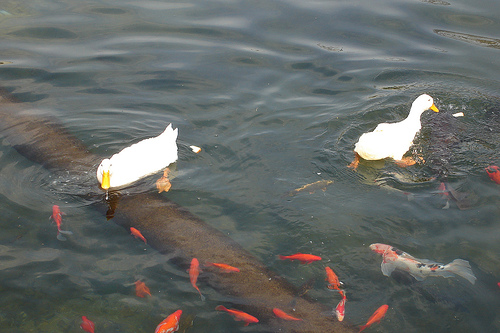
Possible combinations include:
– Fish-cattle
– Fish-duck
– Fish-poultry
– Fish-pig
– Fish-goat or -sheep
– A combination of fish with two or more types of livestock (e.g., poultry pigfish)
Deep litter system
Between 500 and 600 birds will produce enough litter for a 1 ha fish pond. Using this system, 4,000-5,000 kg of fish 60,000 eggs and 1,200 kg of chicken can be produced annually.
– Locate the poultry house near the fish pond.
– Construct the poultry house floor out of brick, concrete, or hard soil.
Cover the floor to a depth of 15 cm with chopped straw, dry leaves, hay, groundnut shells, broken maize stocks, or sawdust.
Provide 0.3 to 0.4 sq m per bird.
Keep the birds on the litter to collect their droppings.
Stir the bed regularly.
Keep adding more organic matter to maintain the required depth of 15 cm.
If the litter becomes damp, add superphosphate or lime to keep it dry.
After 10-12 months, the litter is fully built up and its nitrogen content has reached about 3 percent. This litter can be used as fertilizer for your fish pond.
Store the litter in a dry place and apply it to the pond at the rate of 15-20 kg/ha per day.
Slatted floor system
Build a poultry house on stilts over the pond. Build the floor out of slatted bamboo or slatted wood so that the bird droppings fall directly into the pond. The birds can be kept in cages or allowed to move freely inside the poultry house. pond
Note: Do not apply litter when algal blooms appear at the surface of the pond.
Source: nzdl.org
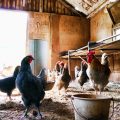
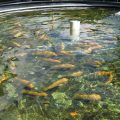
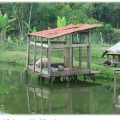


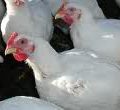

fish-prawn integration (polyculture) … PM me at facebook.com/john.farms.marikina